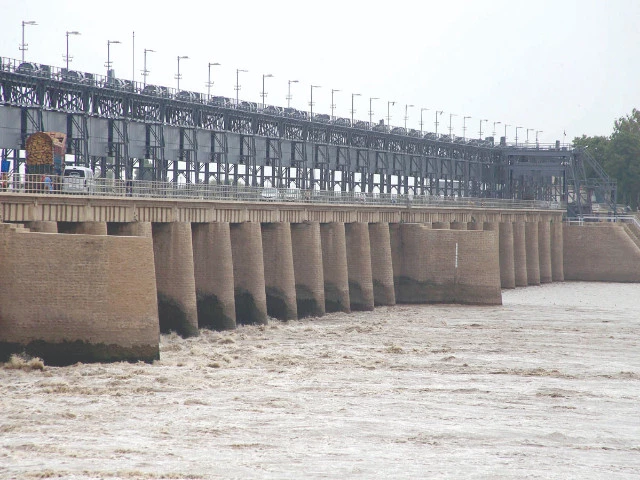The Rising Threat: Understanding the Current Flood Crisis in Pakistan
As we navigate through these unpredictable monsoon months, it’s hard not to feel the looming threat of floods. The National Disaster Management Authority (NDMA) has recently raised alarms about an "extremely high flood situation" developing in the Indus River basin. With reports of massive surges from eastern rivers, communities downstream are bracing for potential devastation.
Between September 3 and 4, it’s forecasted that the Panjnad Headworks could experience floodwaters ranging from 900,000 to 950,000 cusecs. While officials may resort to controlled breaches to manage the flow, even the adjusted figures are daunting. They estimate that the surge might still hover between 825,000 and 900,000 cusecs, which is nothing to sneeze at.
As we look towards the Guddu Barrage, predictions indicate it could receive flows of 800,000 to 1.1 million cusecs from September 5 to 6. If diversions take place, we might see some relief, but the risks don’t disappear. Overall, discharges could hit a staggering 1.2 million cusecs, a level that puts millions at risk due to its classification as an "extremely high flood."
The Sukkur Barrage and Kotri Barrage are similarly projected to see troubling levels, raising alarms for September 12-13, when the Indus could be at its most perilous state. The NDMA is sending out urgent warnings about the consequences of these heavy flows—risks of overflow, embankment breaches, and widespread inundation are all on the table.
Imagine the impact of floods like these on our nation—they can wreak havoc on agricultural lands, obliterate homes, and strain infrastructure. The NDMA’s advisory highlights the dire need for provincial governments and local administrations to be ready for possible emergency evacuations and to implement protective measures.
As we reflect on this situation, it’s crucial to bear in mind that this isn’t just about numbers and forecasts. Behind each statistic lies a story of people—families and communities facing uncertainty. With the relentless rains from the Ravi, Sutlej, and Chenab rivers swelling dangerously high, those in Sindh and southern Punjab are left grappling with fear.
While it’s easy to feel overwhelmed, staying informed and taking proactive steps can make a meaningful difference. If you want to engage further on this topic or seek guidance on how to prepare for such emergencies, feel free to connect with us at Pro21st. We’re dedicated to sharing valuable insights and fostering a community that supports each other through tough times. Stay safe and stay informed!
At Pro21st, we believe in sharing updates that matter.
Stay connected for more real conversations, fresh insights, and 21st-century perspectives.





